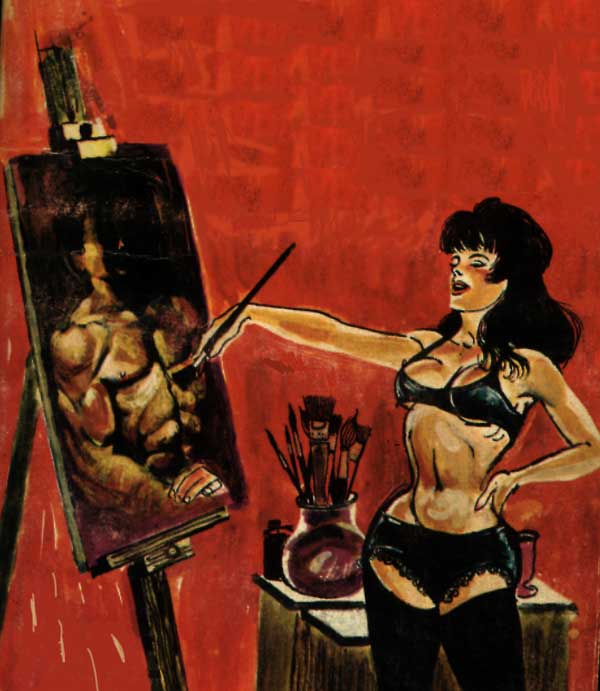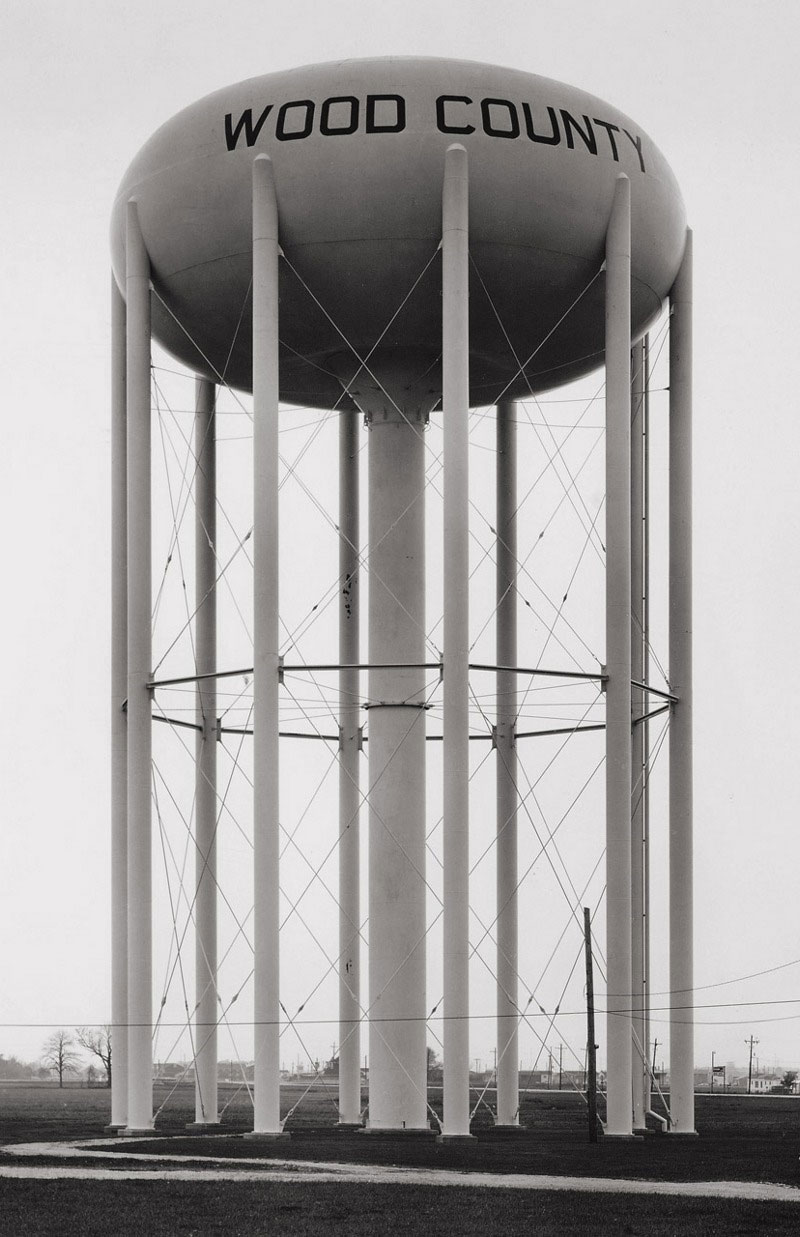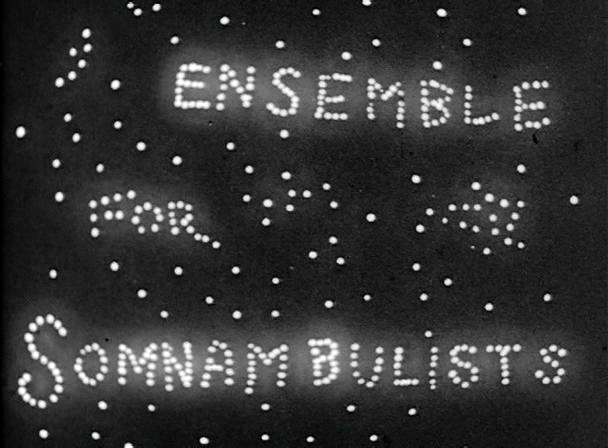A Season in Hell and The Drunken Boat
Arthur Rimbaud
A Season in Hell is the first-person account of a teenager who honestly believed he could transform reality—reinvent life—through the magic of his imagination. The spiritual victory of which he speaks can only be achieved through a potentially deadly battle with the self. Yet if one believes in something strongly enough, passionately enough, and possesses the requisite faith in possibility, it can be brought about through sheer focus of will. The book itself, the implications of its very title, are testament to this. The tale is characterized by mellifluous language, vivid imagery, adolescent sarcasm and an almost religious belief in the redemptive power of art, all rolled into one. The Drunken Boat, written earlier, is a 25 stanza poem of 100 lines with the boat itself as the speaker. An allegory of liberation and the intoxication of vision (“I have seen what men have thought they saw!”) which ends with the return to the humble confines of everyday existence. “I am the master of phantasmagoria,” Rimbaud contends in A Season in Hell and equals the claim. MDG
Publisher: New Directions
Paperback: 103 pages


